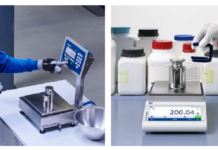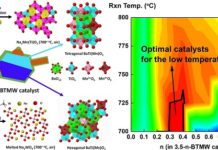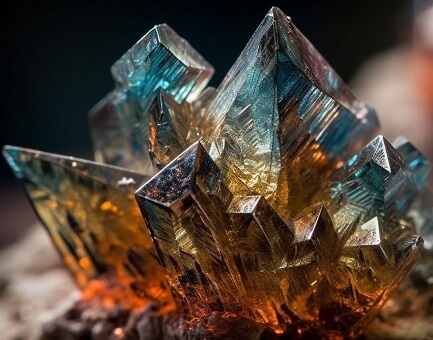The ministry of mines launched the fourth tranche of auctions for critical minerals, offering a total of twenty-one blocks across fourteen states. This includes eleven blocks that were previously reoffered from the second tranche due to insufficient bidder participation. The ministry also introduced an incentive scheme to reimburse exploration expenses of up to ₹20 crore incurred by license holders.
The ministry announced preferred bidders for six blocks successfully auctioned during the first tranche in November. Maiki South Mining Pvt Ltd, based in Kolkata, secured the license to further explore the lithium block in Chhattisgarh’s Katghora. Agrasen Sponge Pvt Ltd, based in Cuttack, won licenses to mine two graphite-rich blocks in Odisha, totalling around 4.6 million tons (MT) of resources.
The fourth tranche brings the total critical mineral blocks offered to 48. The auction process has had mixed results: the first tranche initially offered 20 blocks, resulting in 6 successful auctions but with 13 blocks annulled due to low bidder interest. Similarly, the second tranche offered 18 blocks, of which 14 were annulled.
All seven blocks from the third tranche were re-offered from the first tranche. The fourth tranche introduces 10 new blocks alongside 11 blocks previously annulled from the second tranche. In total, 24 out of the 48 blocks have been annulled at least once, yet the ministry remains optimistic about successful re-auctions.
The newly introduced exploration reimbursement incentive aims to attract more investors to critical mineral blocks. Under this scheme, exploration license (EL) holders can claim reimbursements up to ₹20 crore for activities such as geophysical investigations, exploratory drilling, and chemical analysis.
As reported by ETEnergyworld.com, eligibility for further reimbursements is contingent upon successfully handing over a block for mining lease grant within three years from the execution of the exploration license. This financial incentive is expected to reduce risks, encourage comprehensive exploration efforts, and potentially lead to increased mineral discoveries.































